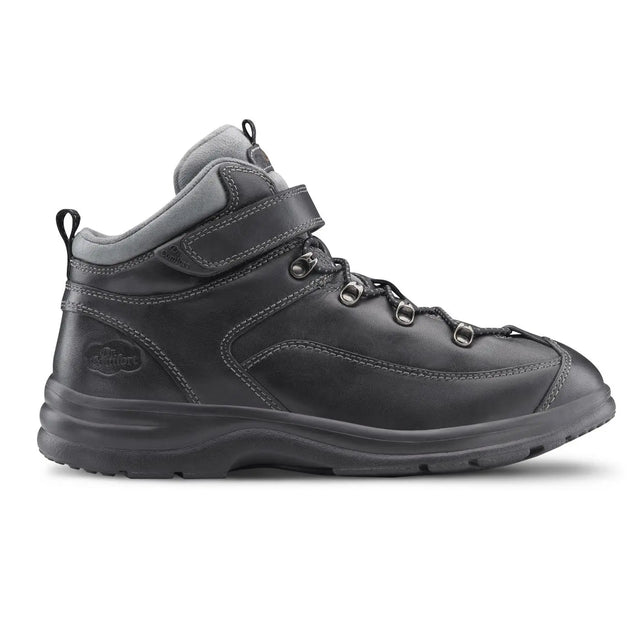11% OFF ENTIRE STORE! Our Black Friday Deal Is Here — Code: BLACKFRIDAY
Dahl Medical Supply | Phone Number: (612) 334-3159


The iconic work boot has been reinvented. Rugged enough for all your outdoor adventures, yet sturdy, casual and stylish for work, the Dr. Comfort® Vigor is a comfortable hiking boot delivering stability and comfort. Designed with full top-grain leather, the Vigor features a padded heel cup and tongue helping to protect your feet from skin irritation and discomfort. Plus, our unique no-tie elastic lace system helps makes this hiking boot easy to put on. Lightweight and comfortable, the Vigor has got you covered whether you’re on your feet for work or seeking outdoor adventures.
Understanding Diabetes
Color
2 colors available
Width
Size
